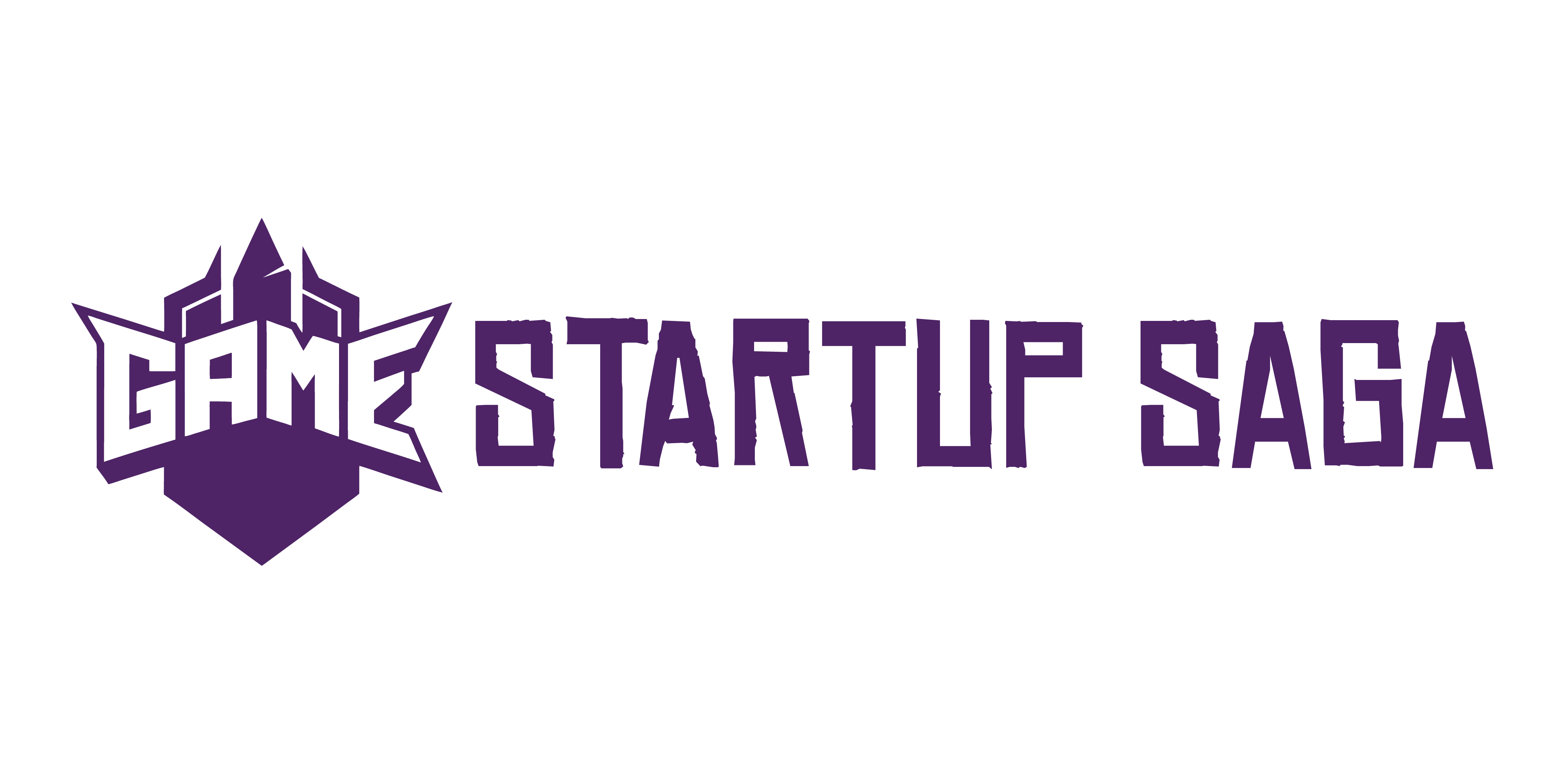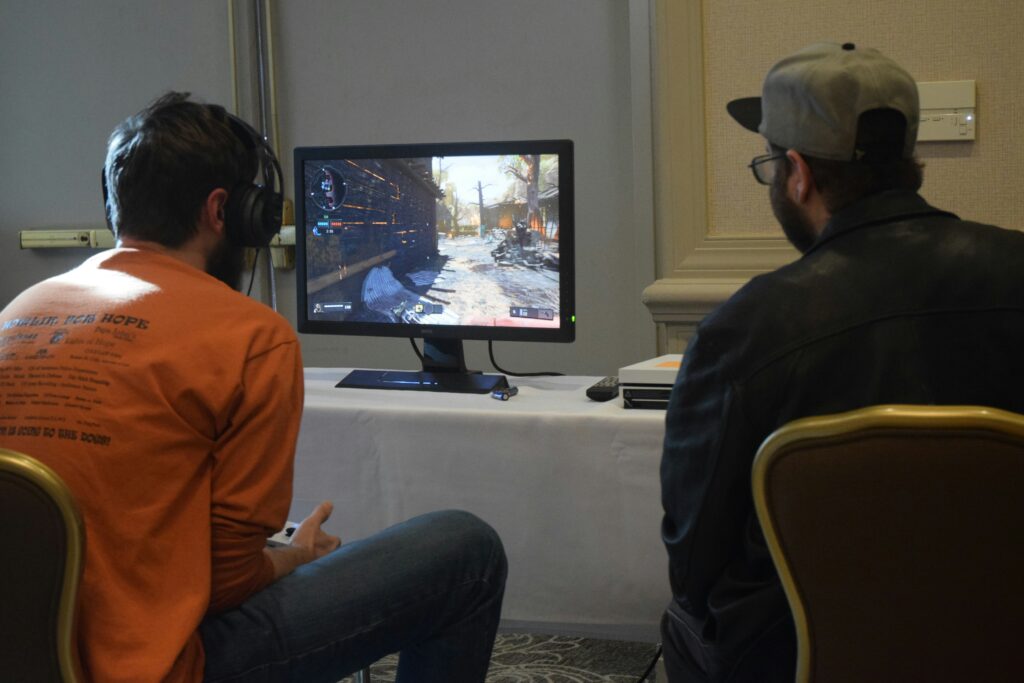Intro: Why This Month Mattered
Gaming isn’t slowing down—it’s evolving fast. This month, we saw key moves across the board: studios restructuring, tech scaling up, and community behavior shifting again. The pace isn’t just brisk; it’s recalibrating what success looks like in gaming, from how titles are built to how fans engage.
New development partnerships and acquisitions are hinting at deeper bets on cross-platform ecosystems and generative tools. Meanwhile, financial pivots—from both indie devs and major publishers—suggest that the industry is bracing for something bigger than a typical content cycle. The energy feels like a pivot point. Maybe not a revolution, but definitely not business as usual.
Why does this matter? Because if you’re a dev, you need to track the shifting power lines. If you’re a player, these updates shape how and where you’ll play tomorrow. Studios and investors? You’re on the hook to read the signals first—or you risk getting left behind.
Studio Shake-ups and Publisher Moves
The gaming industry saw notable behind-the-scenes shifts this month—some promising, others disruptive. These changes ripple across development timelines, player communities, and the future of IPs.
Major Acquisitions and Funding Rounds
We witnessed substantial capital flow into gaming this month, signaling growing confidence from investors.
- A leading AAA publisher secured a $400M investment to expand its live-service division, targeting global multiplayer markets.
- Two mid-tier studios merged, consolidating resources to focus on next-gen adventure RPG development.
- Investment interest surged in AR and mobile-first experiences, with new startups receiving early-stage funding from major tech players.
These moves point to a future where cross-platform strategies and immersive technologies remain top priorities.
Unexpected Closures and Leadership Changes
Not all headlines were optimistic—several studios faced internal disruption:
- A beloved indie developer shut down after a high-profile project underperformed, citing financial strain and burnout.
- C-suite shake-ups at a major publisher triggered speculation about culture shifts and upcoming IP strategy changes.
- Layoffs affected narrative and QA teams across multiple studios, emphasizing a shift toward automation and streamlined pipelines.
These disruptions raise concern—but also opportunity—for mid-sized studios and talent looking to innovate or go independent.
The Bigger Picture: What It Means for Players and Developers
Studio dynamics like these have direct consequences:
- Players may see delays, abrupt changes in live-game support, or cancellations of anticipated titles.
- Developers are navigating career volatility while also finding new paths through indie funding and remote-first teams.
- Studios are rethinking hiring, production pipelines, and how they engage with their communities post-launch.
As the dust settles, one theme is clear: agility and vision are the names of the game in 2024.
Game Launches That Moved the Needle
This month delivered a mixed bag—heavy hitters stumbled, while some scrappy newcomers punched above their weight. One of the most talked-about launches was Arklight Protocol, a mid-tier sci-fi RPG that came out of nowhere. Tight combat, zero-loading-level design, and a surprisingly strong narrative had it climbing the charts within days. It didn’t have blockbuster funding, but it did have a sharp dev team that knew its limits and played to its strengths.
On the flip side, Iron March 5 dropped with high expectations—and landed with a thud. Despite a deep marketing budget and an all-star cast of voice actors, the game’s launch was marred by server issues and a clunky UX overhaul that frustrated day-one players. It’s a reminder that polish and infrastructure matter just as much as pre-launch hype.
From a technical standpoint, Dustline: Echoes made waves for its use of real-time ray tracing on older hardware, something that might set a new baseline for what mid-range rigs can handle. But while the engine work was impressive, the gameplay struggled to hold attention after the novelty wore off. Strong start, unfinished stamina.
The takeaway? In 2024, it’s not about size—it’s about execution. Games that know their core loop and deliver a frictionless experience are the ones breaking through the noise, regardless of pedigree.
Regulatory and Policy Headlines
Across the globe, governments are tightening their grip on the gaming industry. Censorship is back on the table in key regions, with specific content—violence, political imagery, even character design—getting flagged or banned outright. Age-rating enforcement is getting stricter too, with new compliance burdens falling on publishers and storefronts. And then there’s the ongoing crackdown on in-game monetization: loot boxes, pay-to-win mechanics, and sketchy microtransactions are drawing legal heat in Europe, Asia, and parts of North America.
Behind the scenes, publishers are being forced to recalibrate. Legal teams are more involved in the production pipeline. Some studios are delaying releases or reworking features entirely to avoid country-specific backlash. Creators—especially those working with licensed content—need to stay extra alert. Algorithms can’t save a flagged video or delisted game.
For indie developers, it’s a high-stakes balancing act. On one hand, regulatory clarity can be a good thing—it levels the field, exposes shady monetization, and gives ethical gameplay a chance to breathe. On the other, smaller teams are less equipped to adapt rapidly shifting compliance requirements across global markets.
Bottom line: it’s not just a legal issue—it’s a creative one. Studios that want to play hard in 2024 need to play smart first.
(Learn more: How Regulatory Changes Are Affecting Game Studios)
Player Behavior Trends
Player behavior is shifting again—and fast. Multiplayer engagement is seeing a tug-of-war between high-commitment heavyweights (like tactical shooters and MMOs) and fast-cycle, low-friction experiences (think party games and cross-platform survival titles). Esports viewership is stabilizing after its post-pandemic slump, but audiences are pickier. Big-money tournaments don’t guarantee attention anymore—storylines and personalities do.
Streamers are already reacting. Many are doubling down on community play nights and live reacts rather than just grinding ranked ladders. Influencers say viewers want more connection and less spectacle—organic moments over polished highlight reels.
Studios are watching all of this in real time. They’re tuning in to Discord servers as much as analytics dashboards. Some are tweaking matchmaking logic on the fly, launching creator-friendly events, or soft-pivoting away from certain monetization models based on negative feedback loops.
What we’re seeing isn’t just a genre shift—it’s a vibe check. Players want experiences that feel alive, that give them some kind of emotional return. If a game’s ecosystem can’t deliver that, it falls off the radar—no matter how clean the graphics or responsive the servers.
Tech & Infrastructure Upgrades
This month brought a wave of updates that signal where game tech is headed—and what’s still just smoke. Cloud gaming made incremental gains, driven mostly by backend optimizations from major players like NVIDIA and Microsoft. Load times are shrinking, latency’s improving, but we’re still not in plug-and-play territory for everyone. It’s better, not quite seamless.
On the AI front, smarter NPCs are getting hype. Engines like Unreal and Unity are starting to fold in baked AI behaviors, giving devs shortcuts to more dynamic game worlds. But in practice, many of these features are either too early or too rigid. For now, handcrafted still outperforms auto-generated in most player-facing scenarios.
Hardware? A few console firmware updates dropped, mostly performance patches aimed at resource management and heat control. New SDKs for handhelds and VR platforms are attracting attention, but it’s dev build rumors—not confirmed releases—that dominate the talk. Keep expectations in check.
In short: meaningful progress, tempered by the usual marketing fog. The tech is evolving, but don’t buy the hype until it survives contact with players.
Quick Hits: Other Headlines Worth Your Time
Indie devs quietly scored some big wins this month. “Hollow Peak,” a moody pixel-platformer with zero marketing spend, cleared 250,000 downloads in its first two weeks. Elsewhere, the one-person studio behind “Juno Drive” landed a Game Pass deal, cracking into mainstream visibility without touching a publisher. The message is clear: small teams with a sharp vision are still punching above their weight.
Collabs between gaming and other entertainment sectors also picked up steam. Ubisoft announced a partnership with a major streetwear label, bringing limited-run in-game skins to its open-world titles—and matching apparel to real-world shelves. Meanwhile, a new rhythm action game teased for fall is being co-developed with a Grammy-nominated producer. Games aren’t just crossing into music and fashion anymore—they’re building bridges, two ways.
On the update front, it’s been a mix of patience and payoffs. Fans of “Crimson Orbit” finally got their long-promised expansion, almost six months late, but the player response has so far been worth the wait. On the flip side, “Project REX” pushed its beta again to late Q3, citing core engine optimization. Roadmaps are tightening; expectations aren’t. Studios are learning that delays sting—but underdelivering stings harder.
Final Take
What This Month Signals for Q2 and Beyond
The momentum from this month’s developments points to a transformative second quarter in the gaming industry. We’re seeing clear signs of consolidation, aggressive platform strategy shifts, and a renewed focus on player-centric innovation. Whether you’re a developer, investor, or content creator, staying responsive to these signals can shape your next strategic move.
Key indicators include:
- Continued investment in cross-platform capabilities
- Movement toward live-service enhancements and community-led updates
- A tighter regulatory climate in key markets like the EU and Asia
Where to Double Down
As the landscape evolves, some areas are emerging as high-value targets for deeper involvement:
- Emerging markets: Increasing player base expansion in Southeast Asia and South America
- Cloud infrastructure: Continued interest from major tech players; now’s the time to optimize build pipelines
- Streaming integrations: New viewer-to-player crossover features are becoming standard, especially in competitive and co-op titles
What to Watch Closely
Keep eyes on these unfolding dynamics to stay ahead:
- Licensing and monetization models: Shifts to ad-based or hybrid monetization are gaining traction
- Tech stack evolution: New engine upgrades and SDKs may streamline dev cycles, but adoption risks remain
- Player sentiment: Transparency and trust-building are ever more essential post-launch
Staying Sharp in a Fast-Moving Space
The pace of change in the gaming industry isn’t slowing down. Studios and creators that survive—and thrive—will be those who:
- Proactively absorb industry shifts and adjust early
- Prioritize player trust and sustainable engagement
- Find creative advantages in both tech and storytelling
Looking ahead, adaptability is not optional—it’s the baseline.




